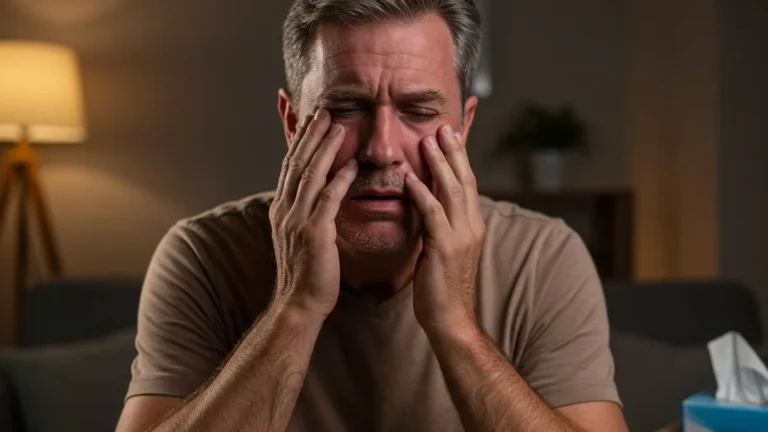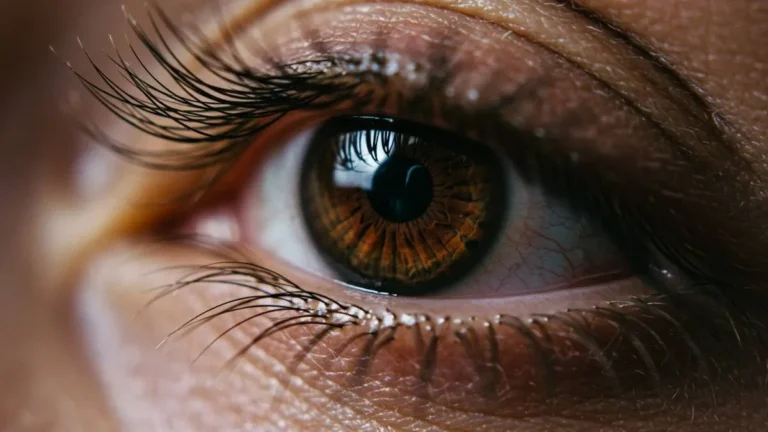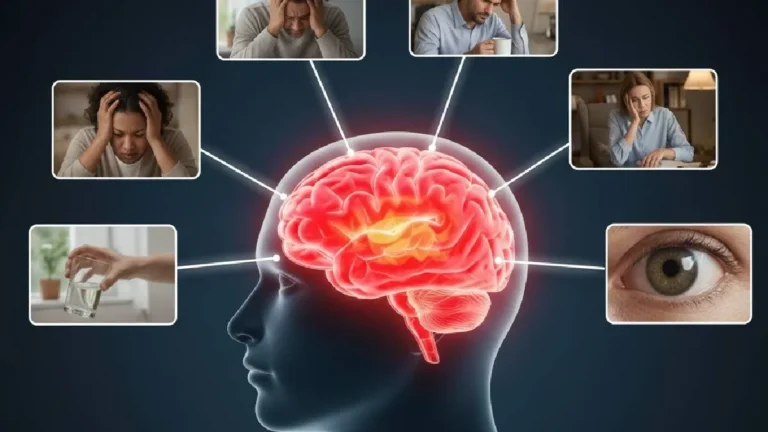Young people are far from immune to suicidal behavior, with at least 40,000 attempting suicide each year. While sadly, around 40 suicides occur among those under 15 and 600 among those aged 15-25, this figure is likely still an underestimate. Is it possible to detect suicidal behavior early enough to prevent the worst?
What is suicidal behavior?
Suicidal behavior includes both attempted suicide and the act of committing suicide through an intentional act (taking medication, hanging, phlebotomy, jumping from a cliff, or using a firearm, for example), but also suicidal thoughts themselves, that is, the intention to kill oneself. Whether this mental elaboration is active or passive, more or less precise, expressed or not, it must be taken seriously, and the young person must be considered potentially suicidal.
In this age group, while suicide is more common in boys (with 22 suicide attempts), suicide attempts are mostly girls (in 75% of cases, with 160 suicide attempts), mostly through the use of medication (voluntary drug intoxication), more or less associated with other substances such as alcohol or drugs.
Among adolescents aged 15 to 19, approximately 5 to 7% of boys and 11 to 13% of girls admit to having had suicidal thoughts in the previous year.
What are the signs of suicidal behavior in young people?
In addition to the signs common to adults, such as sadness, withdrawal, or irritability, we also frequently find existential questions about one’s own identity, sexual orientation, a lack of self-confidence, and the appearance of risky behaviors such as drug or alcohol consumption, withdrawal into video games, or repeated running away.
A change in behavior, clothing style, a fascination with the morbid, or a decline in academic performance should alert those around them and not be trivialized. While many young people struggle to verbalize their suicidal thoughts, it is often through their behavior that they raise the alarm in their way.
It is therefore important not to trivialize or stigmatize it under the pretext of a problematic adolescent crisis, but to take this type of behavior seriously, regardless of the age at which it occurs. While fortunately it will not necessarily lead to an act, it should alert us to the young person’s suffering and may require psychological support.
Divorce, relationships… What life events contribute to suicidal behavior in young people?
We know that several family-related risk factors can disrupt young people and increase the risk of suicidal behavior in some of them. These include, for example, disruptions in the relationship with parents, domestic violence, separation or divorce in which the young person plays the role of witness, or certain situations where the child becomes the partner or therapist of their parent.
Generally speaking, all forms of violence (child abuse, incest, etc.), trauma, or emotional deprivation can increase the risk of suicide. It is also known that a family history of suicide or depression in parents can be a risk factor.
In some children, it is the lack of representation of death itself that can pose a problem, or a fragility that disrupts self-esteem, such as depression or a personality disorder, for example.
What can be done to prevent this from happening?
Whether you are a parent or a friend, knowing how to recognize the signs of a suicidal crisis allows you to alert health professionals without delay and possibly prevent a potentially lethal act:
- Identify whether there is a context of mourning, separation, or painful loss
- take seriously the words or writings with a direct allusion such as “you will have peace without me”, “I will not bother you anymore” or “I will fuck myself up”
- observe a change in behavior with isolation, withdrawal, sadness, or unusual calm
- Take regular physical complaints like stomach pain or headaches seriously
- Monitor academic performance and pay attention to repeated absences
- Consult in case of self-mutilation or running away
- open dialogue if there is aggressive behavior with threats, or systematic oppositional behavior
- Talk about possible tobacco, alcohol, or drug use to find out what this means for the young person
What should be a warning is, above all, a rather sudden change in behavior compared to what the young person had been like until now.
What to do if there are suicidal thoughts and a desire to act?
Any suicidal ideation or verbalization represents psychological suffering that is never trivial. It must therefore be taken seriously and requires a consultation with a doctor, a psychologist, or a child psychiatrist to assess the overall psychological state.
In some cases, hospitalization for a few days to several weeks may be necessary in a pediatric or psychiatric ward to create a certain distance from the usual environment and to be able to begin introspection work. Family therapy can also be offered if necessary, and antidepressant treatment can be put in place if the suicidal behavior reflects true depression.























+ There are no comments
Add yours